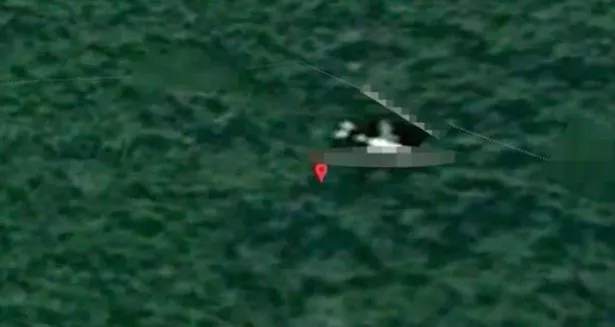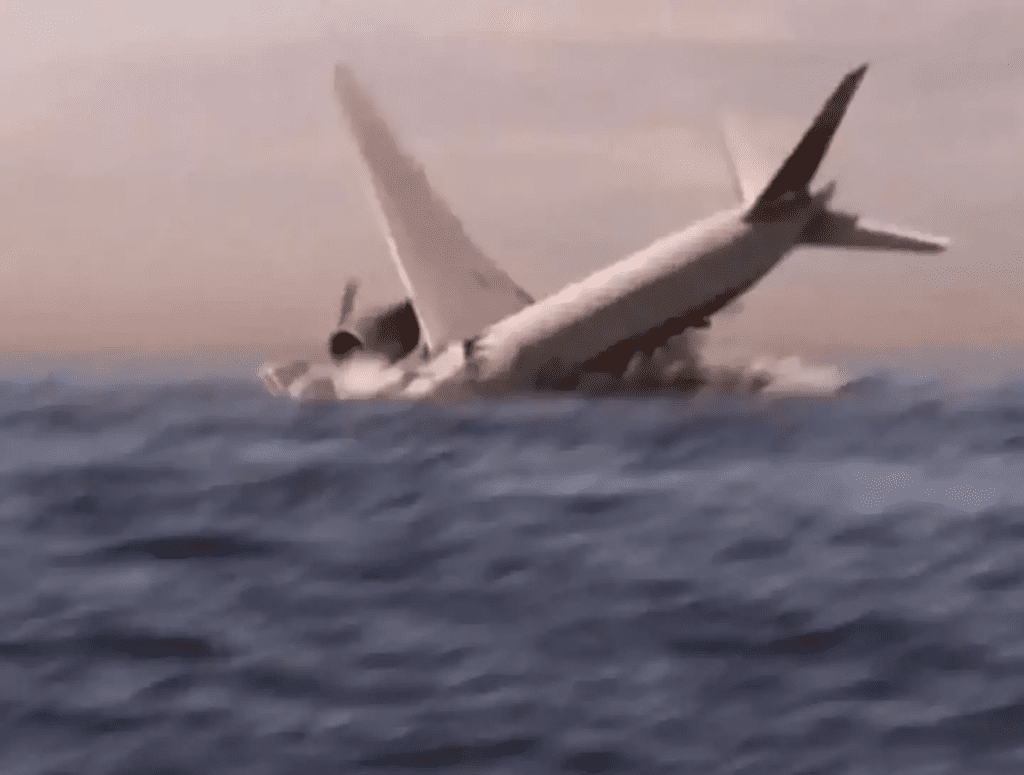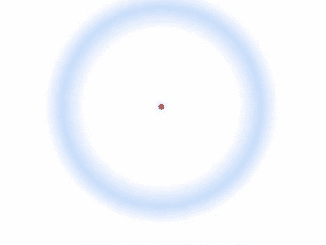On March 8, 2014, the world watched in horror as Malaysia Airlines Flight 370 (MH370) vanished from the skies, leaving behind a trail of unanswered questions and a haunting mystery. This ill-fated flight, carrying 239 passengers and crew, disappeared from radar screens shortly after taking off from Kuala Lumpur, Malaysia, bound for Beijing, China. Since then, the disappearance of MH370 has become one of the most perplexing aviation mysteries in history, captivating the world’s imagination and sparking endless speculation.

While official investigations have pointed to a dramatic U-turn and a crash into the Indian Ocean, alternative theories have persisted. Some experts have proposed hijacking scenarios, while others have speculated that the aircraft might have been shot down. Now, a new theory, fueled by a Google Earth image, has emerged, adding another layer of intrigue to the already complex puzzle.
Ian Wilson, a UK tech expert, has put forward a unique perspective on the MH370 mystery. Using Google Earth, he meticulously scoured satellite images, eventually identifying what he believes to be the wreckage of MH370 in the Cambodian jungle. What sets Wilson’s discovery apart is his observation of a visible gap between the tail and the rear of the plane, which he argues could account for size discrepancies.
As news of Wilson’s discovery spread like wildfire across social media platforms, it sparked a wave of skepticism and speculation. While many found his theory intriguing, others remained unconvinced. Some social media users pointed out that the Google Earth image could depict a different aircraft flying beneath the satellite’s view. They questioned whether a crashed aircraft in a jungle would appear so intact.
The disappearance of MH370 remains an enduring enigma, despite the passage of time and numerous investigations. The lack of concrete answers has kept the saga in the headlines, with theories ranging from alien abductions to black hole theories surfacing over the years. Despite the recent release of a 1,500-page report by Malaysian authorities, the mystery remains unsolved.

In response to ongoing questions and public interest, France recently reopened its investigation into the fate of MH370. This decision came after Malaysia’s long-awaited “final report” failed to provide a conclusive explanation for the aircraft’s disappearance. The move by French authorities reflects the enduring interest and persistent demand for answers regarding the missing aircraft.
Ian Wilson’s discovery, while met with skepticism, has reignited discussions surrounding MH370 and placed it firmly back in the public eye. The mystery that began on that fateful day in 2014 continues to captivate and perplex the online community.
The disappearance of MH370 is a stark reminder of the fragility of life and the enduring power of mystery. While the truth may never be fully revealed, the search for answers continues. The saga of MH370 serves as a testament to the human desire to understand the unknown and to find closure in the face of tragedy.
The mystery of MH370 remains unsolved, but the recent discovery by Ian Wilson, fueled by a Google Earth image, has added a new chapter to the saga. While skepticism remains, the renewed interest in the case highlights the enduring power of the unknown and the human desire to find answers. The disappearance of MH370 continues to captivate the world’s imagination, reminding us that even in the 21st century, there are still mysteries that defy explanation.


